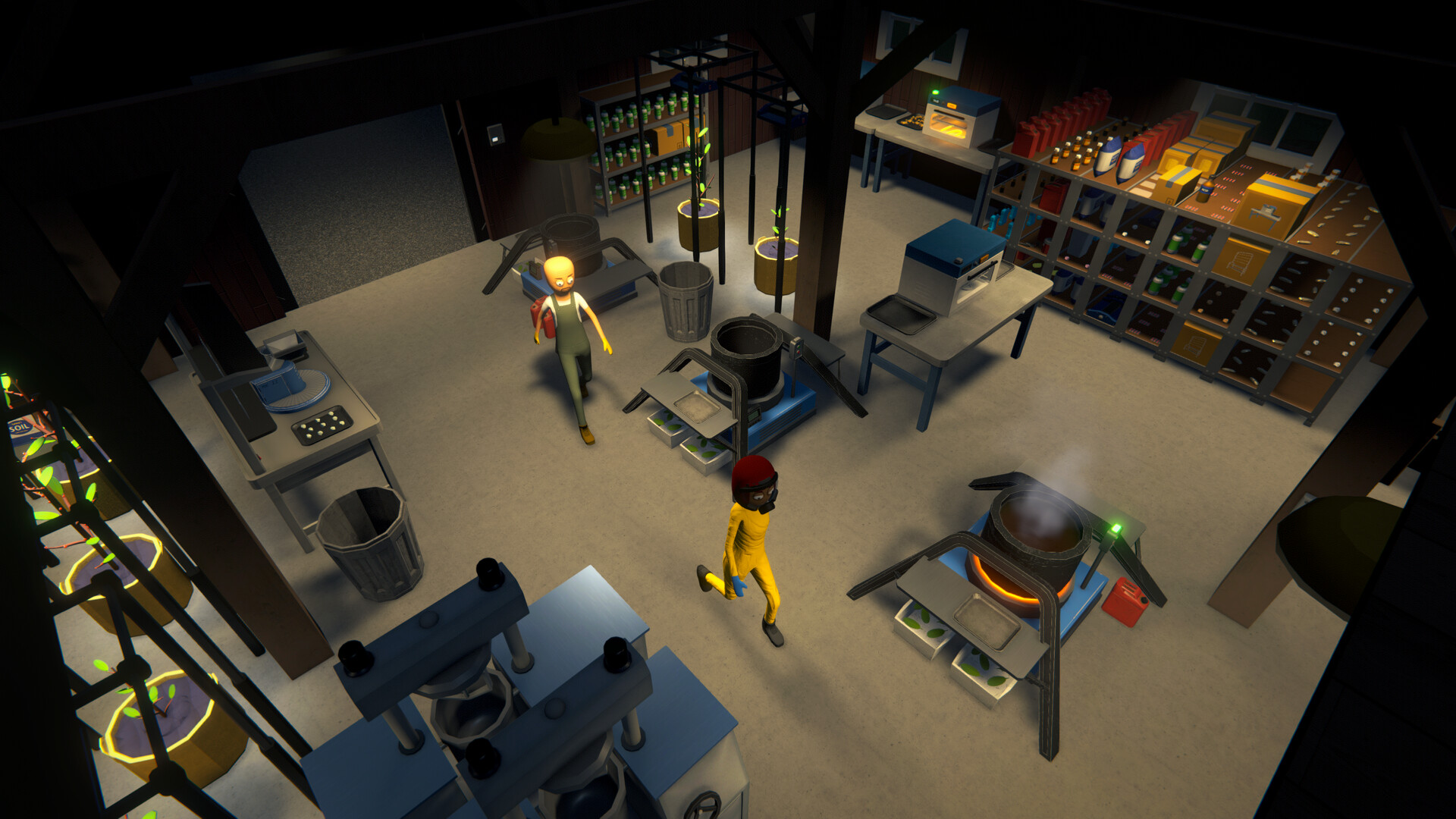Popular Now
Introduction
The U.S. Controlled Substances Act (CSA) was introduced in 1970 to regulate the production, use, and distribution of drugs and chemicals. While the intention was to protect public health, one of its most controversial outcomes is the classification of certain substances under Schedule I. Meant to identify the most dangerous drugs with no accepted medical use, this category has increasingly become a barrier to scientific research, medical innovation, and mental health treatment.
This article explores how Schedule I classification impacts research institutions, scientists, patients, and the broader medical community. We’ll also explore proposed solutions and real-world case studies that show how this law may be doing more harm than good in 2025.
1. What Is Schedule I and Why It Matters to Scientists
Schedule I drugs are labeled by the DEA as having:
-
High potential for abuse
-
No currently accepted medical use
-
Lack of safety even under supervision
From a research perspective, this label is not just symbolic—it carries immense legal and bureaucratic weight. Researchers are required to:
-
Apply for DEA registration
-
Store substances in highly secure locations
-
Submit to unannounced inspections
-
File extensive paperwork for each study
These barriers don’t just slow down research; they stop many studies from happening at all.

2. Promising Schedule I Substances for Medical Use
Ironically, some of the most exciting advances in neuroscience and psychiatry are emerging from Schedule I substances.
MDMA (Ecstasy):
-
Currently in Phase 3 clinical trials for PTSD treatment
-
Shows significant long-term symptom reduction in combat veterans
Psilocybin (Magic Mushrooms):
-
Being studied for major depressive disorder, end-of-life anxiety, and addiction
-
FDA granted it “Breakthrough Therapy” status
Cannabis (Marijuana):
-
Approved by 38 U.S. states for medical purposes
-
Used to treat chronic pain, epilepsy, glaucoma, and more
Despite this, these substances remain under Schedule I, making research extremely difficult.
3. Research Institutions Struggle Under Federal Restrictions
Many universities and hospitals are reluctant to touch Schedule I research due to:
-
Reputational risk
-
Legal liability
-
Funding challenges
Additionally, Institutional Review Boards (IRBs) may reject projects simply due to the complexity involved. As a result, much of the innovation is being carried out by private organizations, such as:
-
MAPS (Multidisciplinary Association for Psychedelic Studies)
-
Compass Pathways
-
Johns Hopkins Psychedelic Research Center
While these groups have made incredible progress, the inability of public institutions to participate slows scientific advancement.
4. The International Discrepancy
While the U.S. clings to a rigid interpretation of Schedule I, other countries are far ahead:
-
Canada legalized cannabis and allows psychedelic therapy exemptions
-
The UK permits licensed psilocybin research
-
Australia approved MDMA and psilocybin for psychiatric use in 2023
U.S. researchers are falling behind global competitors who face fewer restrictions. This could lead to a “brain drain”, where top scientists relocate to friendlier research environments.
5. Funding Gaps and Missed Opportunities
Federal agencies like NIH and NIDA rarely fund Schedule I research, citing regulatory burden. This means:
-
Fewer clinical trials
-
Slower drug development
-
Minimal data for FDA approval processes
Private donors and investors are trying to fill the gap, but without coordinated federal support, therapeutic innovation lags.
6. Patients Are Denied Life-Changing Therapies
Real-world consequences of Schedule I go beyond laboratories. Patients who could benefit from new treatments are left with:
-
Ineffective pharmaceuticals
-
Untreated symptoms
-
Illegal self-medication
Veterans with PTSD, terminally ill patients with anxiety, or individuals with opioid addiction might all benefit from therapies like psilocybin or MDMA, but current laws deny them access.
7. Ethics and Equity Concerns
Schedule I laws disproportionately affect:
-
Minority communities, through harsher drug enforcement
-
Low-income patients, who cannot afford to travel abroad for treatment
-
Small researchers, who lack the resources for DEA compliance
This reinforces health inequality and limits access to safe, evidence-based care.
8. Successful Breakthroughs Despite Schedule I
In rare cases, researchers have managed to break through the legal wall. For example:
-
MAPS’ MDMA trials have shown an over 60% remission rate in PTSD
-
Johns Hopkins’ psilocybin trials report profound and sustained reductions in depression
-
Yale and NYU are running ketamine and psilocybin studies under federal oversight
These studies prove it’s possible—but extremely difficult—to conduct meaningful science within Schedule I boundaries.

9. Legal and Political Reform Is Gaining Momentum
Several proposals have emerged to reform the system:
-
Reschedule cannabis to Schedule III or IV
-
Create a research carve-out for certain substances
-
Establish a Psychedelic Research Division within NIH
-
Amend the CSA to reflect current scientific consensus
Some states have taken the lead themselves. Oregon, Colorado, and parts of California are creating legal frameworks for research and limited therapy access.
10. What Needs to Happen Next
To fix the problem, multiple changes are needed:
-
Simplify the DEA approval process for scientists
-
Encourage federal funding for psychedelic and cannabis research
-
Reschedule substances based on scientific merit, not stigma
-
Promote equitable access to new therapies once approved
Without change, the U.S. risks falling behind in one of the most exciting medical frontiers of the 21st century.
Conclusion
The Schedule I classification system, once meant to protect the public, now obstructs scientific progress and denies patients potentially transformative treatments. While a growing body of research and public support points to reform, real change will require cooperation between scientists, lawmakers, regulators, and the public. If the law continues to ignore the science, the consequences will not only be measured in lost research—but in lives.

















